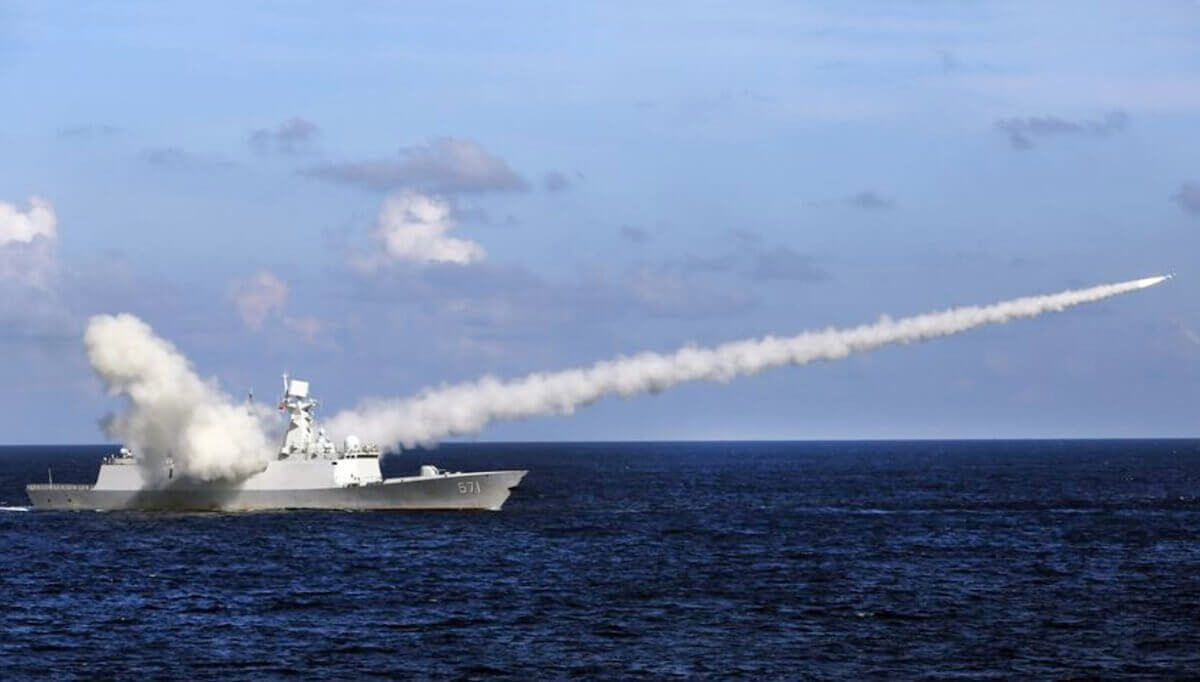The Chinese military sent a clear warning to the United States by firing two missiles into the South China Sea, including a missile known as the “carrier killer.”
The missile was launched the day after China reported that a US U-2 spy plane had entered the no-fly zone without permission during a Chinese naval live-fire exercise in the Bohai Sea.
One of the missiles, DF-26B, was launched from the northwestern province of Qinghai, and the other, DF-21D, was launched from the Zhejiang province in the east, according to the Hong Kong edition of the South China Morning Post, citing a source close to the Chinese military.
The missile landing areas were in an area that Hainan’s maritime security authorities had declared closed due to military exercises from Monday to Saturday.
According to the South China Morning Post, the DF-26 dual-use missile is a type of weapon banned by the Intermediate-Range Nuclear Forces Treaty signed by the US and the Soviet Union at the end of the Cold War. When the US pulled out of the treaty last year, it cited China’s deployment of such weapons as an excuse.
The DF-26 has a range of 4,000 km and can be used for nuclear or conventional strikes against land and naval targets.
The range of the DF-21 missile is about 1,800 km, and state media describe the most advanced missile in the series, the DF-21D, as the world’s first anti-ship ballistic missile.
According to the source, the rocket launch is “China’s response to the potential risks posed by the increasingly frequent approach of US military aircraft and warships in the South China Sea.”
Hong Kong-based military observer Song Zhongping believes the missile launches were clearly intended to send a signal to the United States. And Beijing has demonstrated its military power to make Washington understand that even American aircraft carriers cannot fully flex their muscles off the coast of China, the expert said.
The People’s Liberation Army of China conducts exercises almost simultaneously in four sea areas, which is rare. Earlier this month, the PLA held a drill outside Taiwan “to protect national sovereignty,” which coincided with a trip to the island by US Health Secretary Alex Azar.
In July, the PLA conducted military exercises in South China, East China, and Yellow Seas, and two US aircraft carriers conducted tactical air defense exercises in the South China Sea – the maneuvers, according to the US, were “in support of a free and open Indo-Pacific region. “. In addition to aircraft carriers, the United States has also dispatched numerous military aircraft and ships to closely monitor China’s activities.














